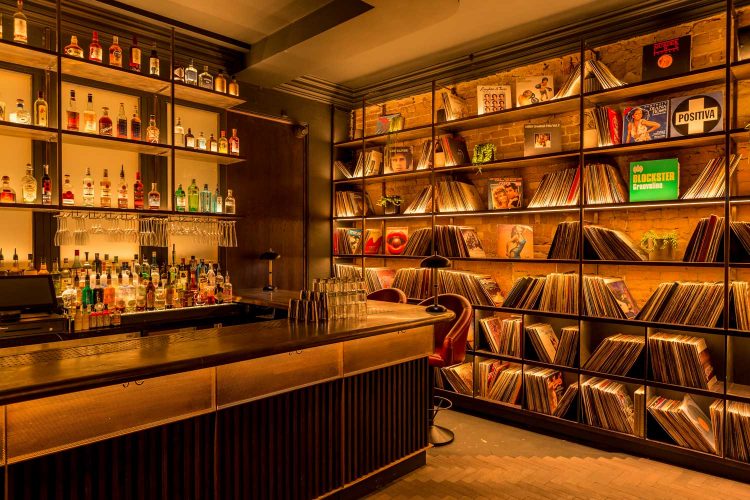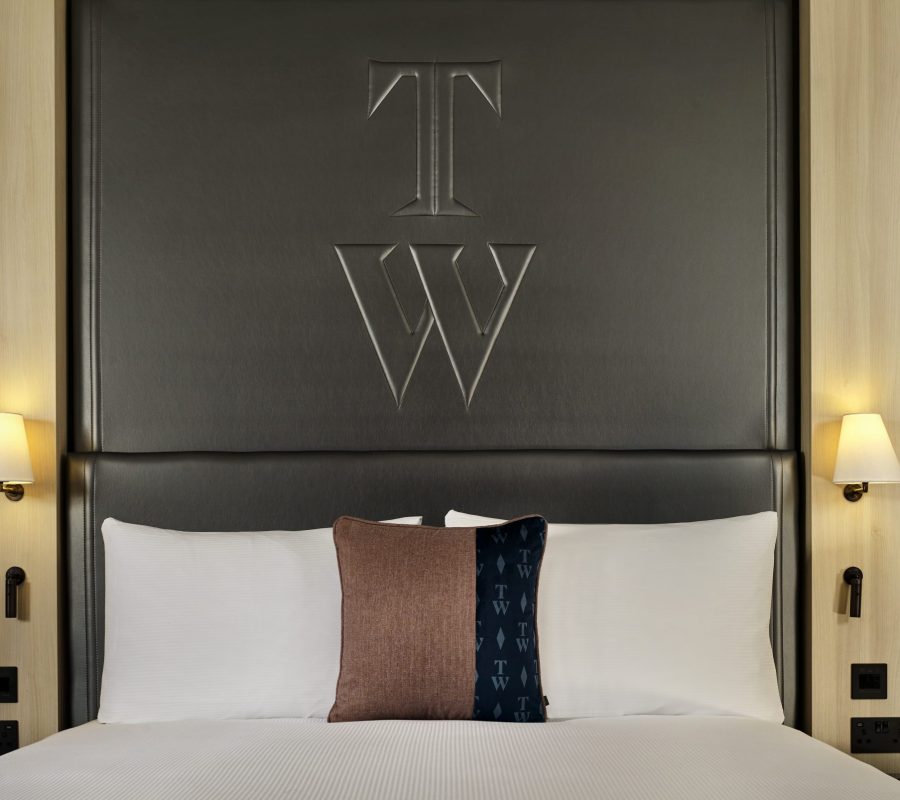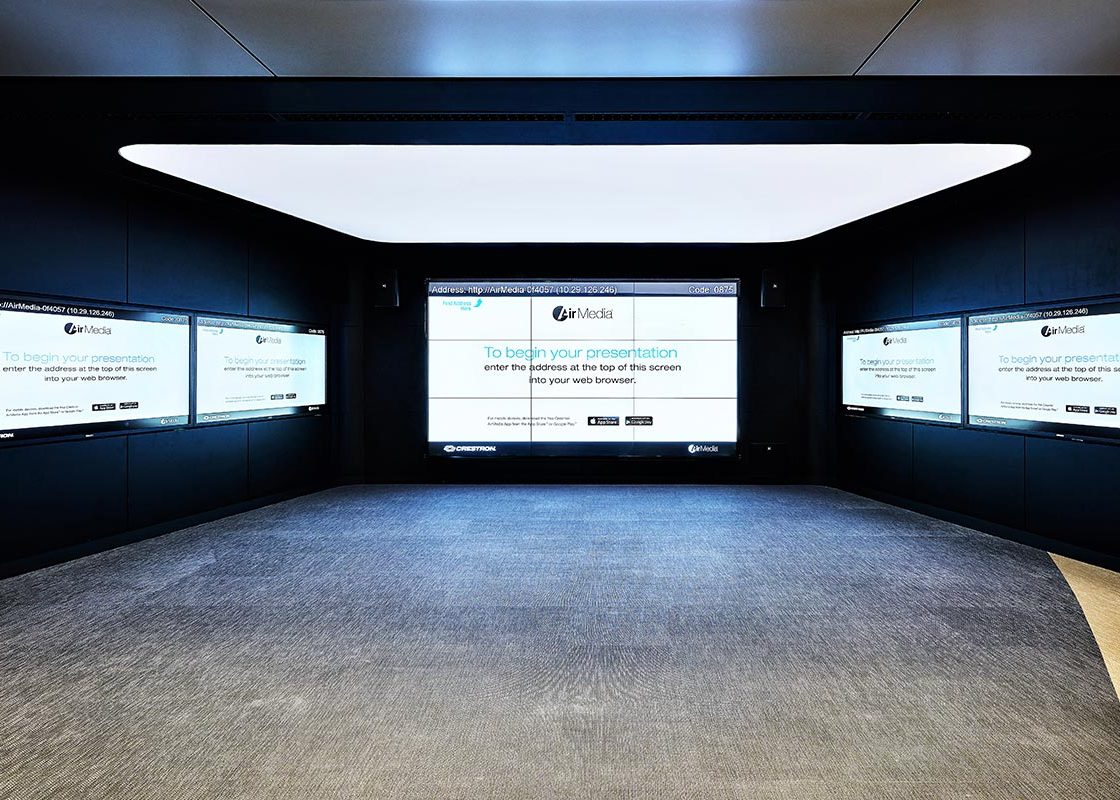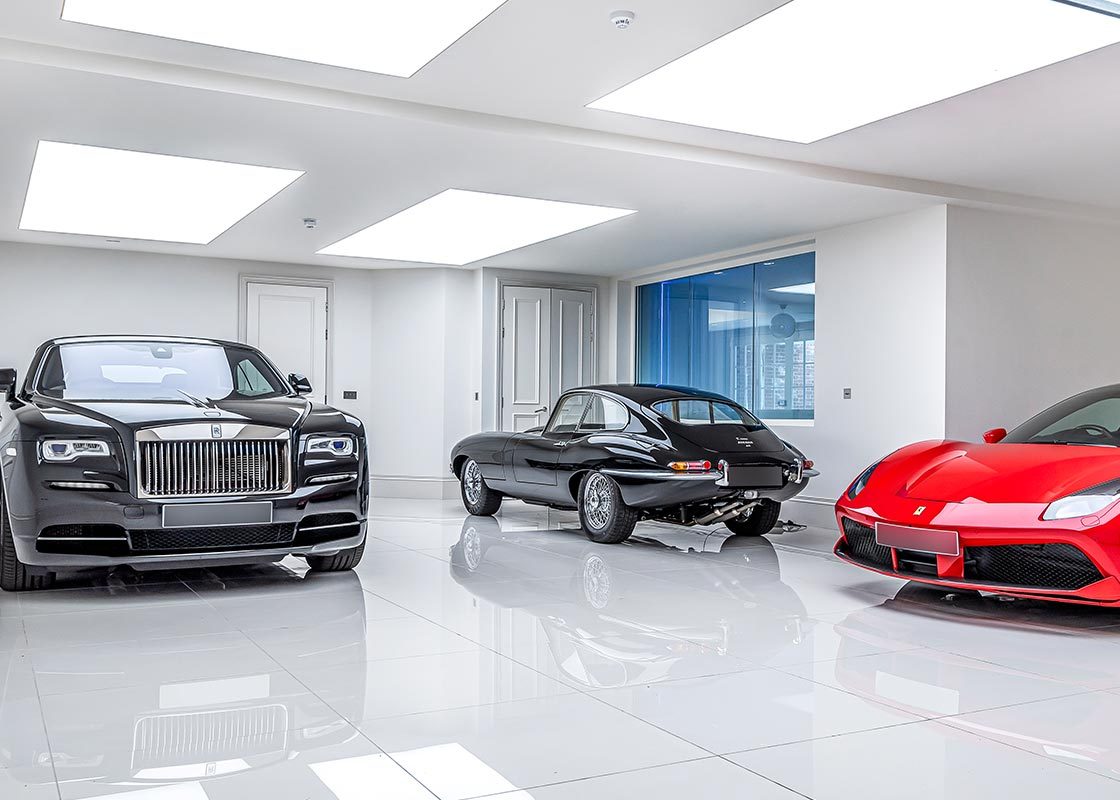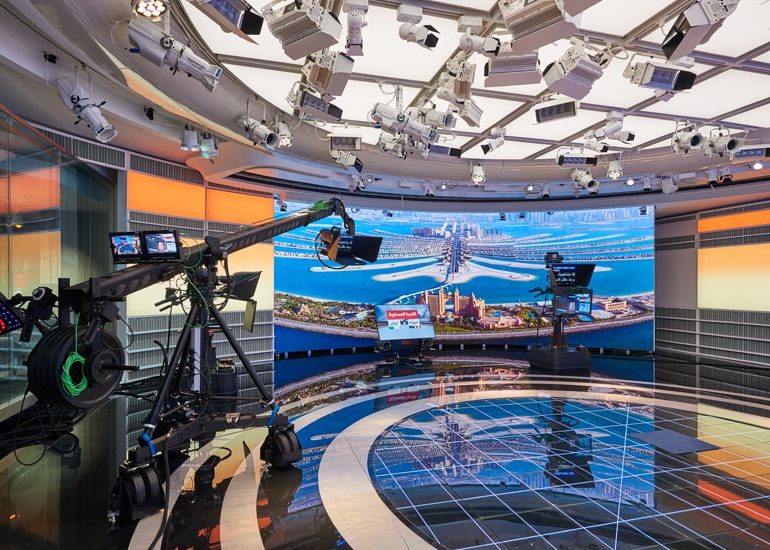Warning: Undefined variable $current_site in /home/runcloud/webapps/nogreyarea/public/wp-content/themes/nga-by-cargo/library/cargo-functions.php on line 847
Why You Should Use a Range of Lighting Products in Your Design
Lighting is an integral aspect of interior design, greatly impacting the overall look and feel of a space. Incorporating a variety of lighting options, such as: stretch ceilings, LED strips, acoustic felt, architectural metal works, and glass, will add depth, dimension, and functionality to your room.
Deprecated: Function wp_make_content_images_responsive is deprecated since version 5.5.0! Use wp_filter_content_tags() instead. in /home/runcloud/webapps/nogreyarea/public/wp-includes/functions.php on line 6031
Stretch ceilings, for example, can provide a sleek and modern aesthetic, while also helping to improve acoustics. LED strip, on the other hand, can be used to add a subtle accent of light or to highlight a particular feature in a room. Acoustic felt can be used to improve sound quality and reduce echo in a room, making it more comfortable for people to be in. Metal works and glass add unique texture, pattern, and colour to a space.
Incorporating different types of lighting in a design can also help to create a sense of depth and dimension in a room. For example, by using a combination of recessed and pendant lighting, designers can create the illusion of a higher ceiling, while also highlighting certain features of the room. Additionally, using different types of lighting can add visual interest to a space, and can be used to create a specific mood or ambiance.
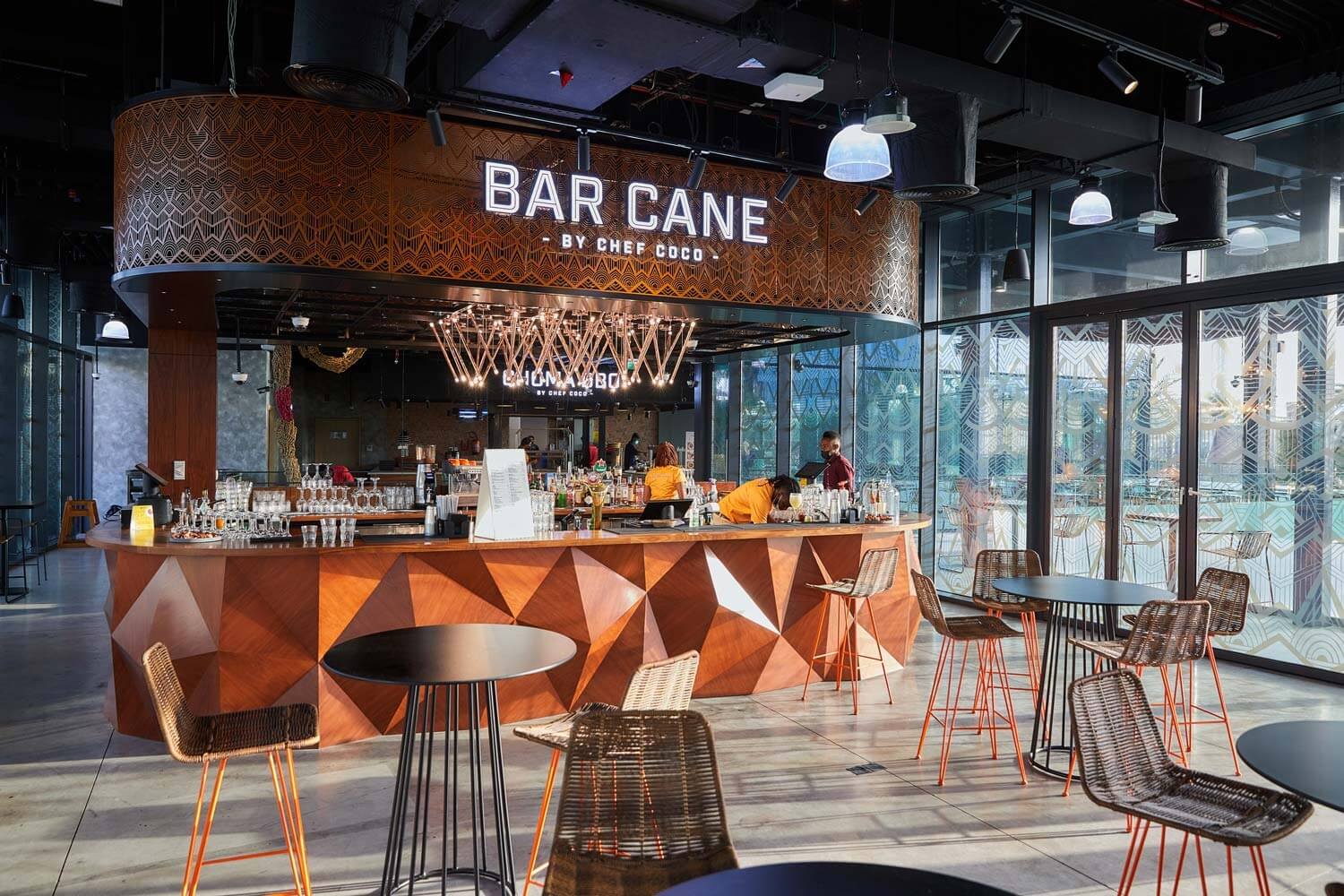
Functionality is also an important aspect of lighting design. Different types of lighting can be used to create different levels of illumination in a room, depending on the function of the space. For example, task lighting can be used in a home office to help improve visibility, while ambient lighting can be used in a living room to create a warm and inviting atmosphere.
In conclusion, incorporating different types of lighting in an interior design can greatly enhance the overall look and feel of a space. It can add depth, dimension, and functionality to a room and can be used to create a specific mood or ambiance. Interior designers should consider using a variety of lighting options, such as stretch ceiling, LED strip, acoustic felt, metal work, and glass, in their designs to create truly unique and functional spaces.
